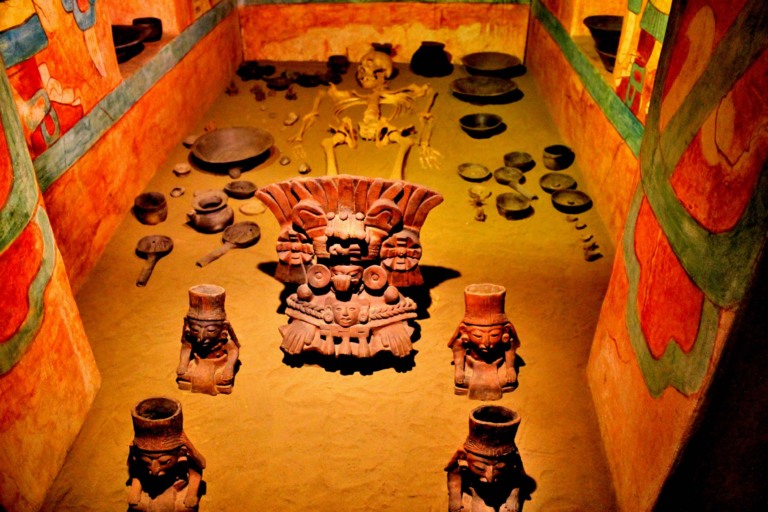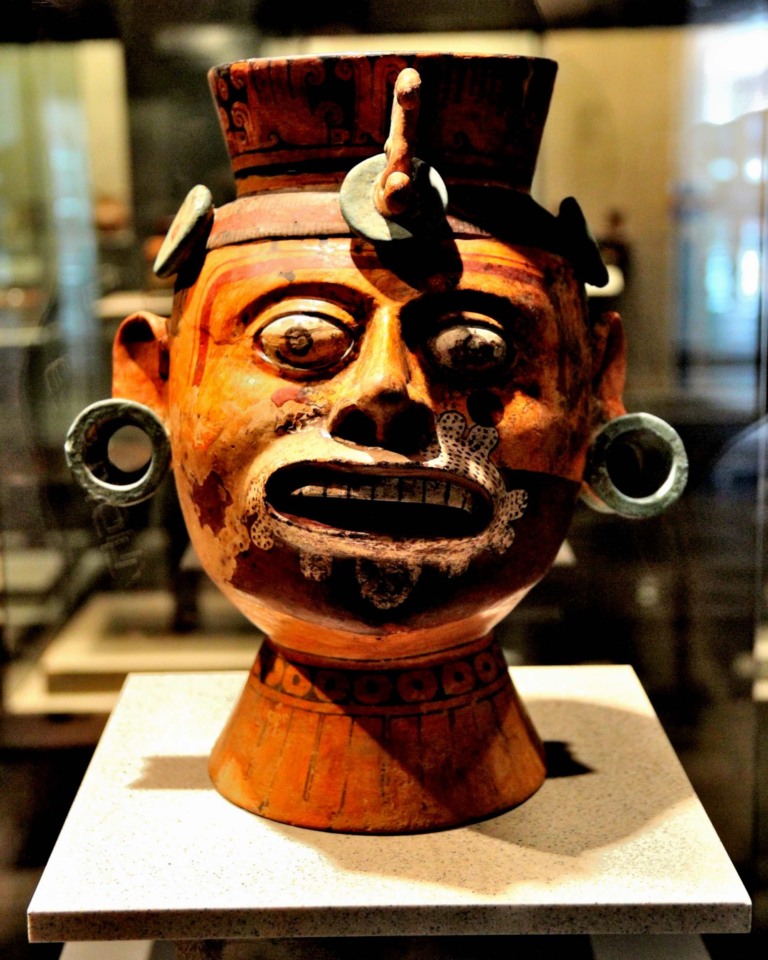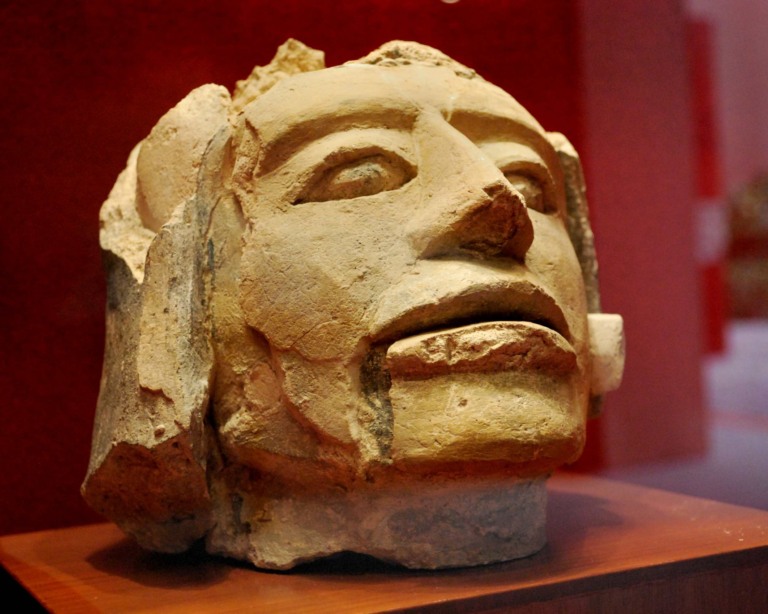Zacatecas is in the middle of the state of Zacatecas, which is in the south-central part of Mexico. Zacatecas City was built between the Bufa and Grillo hills after a rich silver lode was found there in 1546. The 1600s and 1700s were the best times for Zacatecas. The Historic Centre of Zacatecas was added to the list of UNESCO World Heritage Sites in 1993.
Zacatecas Mexico
Zacatecas isn’t either Mayan or Aztec. The people who lived in Zacatecas were Chichimecas. People knew that they lived in much of the area that is now Zacatecas. They didn’t look like Mayans or Aztecs. What groups of people live in Zacatecas? The Zacatecos, Cazcanes, Tepehuanes, and Guachichiles were the main Chichimeca groups that lived in the area that is now Zacatecas. They had never been taken over by the Aztecs.
Indigenous peoples: About 10,000 years ago, the first people moved into the area. At that time, the climate was wetter and warmer, and the plants and animals were different. Chichimeca tribes like the Caxcans, Guachichils, Guamares, Huichols, Zacatecos, and others took over the area in the end. Today, the Zacatecos are the most common Chichimeca tribe in the area around the city. Before the Europeans came, these people mined silver and other metals from the hills. This made the area important in the time before the Europeans arrived.
Where is Zacatecas Located
Zacatecas is one of Mexico’s 31 states. It is also known as the “Free and Sovereign State of Zacatecas.” It has 58 cities and towns, and the capital is Zacatecas. Zacatecas is right in the middle of Mexico’s north. It borders the states of Durango in the northwest, Coahuila in the north, Nayarit in the west, San Luis Potos and Nuevo Leon in the east, and Jalisco, Guanajuato, and Aguascalientes in the south.
What is Zacatecas Known for
The state is best known for its large amounts of silver and other minerals, its colonial architecture, and its part in the Mexican Revolution. Mining, farming, and tourism bring in most of its money. Zacatecas is the second-highest city in Mexico. It has a colonial style, a lot of museums, and a lot of history. The Cerro de la Mufa is on the edge of the old historic center.
Once you get there, you can see almost the whole city, and the quarry houses with clay roofs are a sight to see. You can take the aerial cable car to the mine, which is now a great museum and a nightclub. When you go deep into the earth, down and across levels that were built hundreds of years ago and where gold and silver are still being mined, you see life in a different way.
It’s like going back in time when you walk through the historic center. The buildings are well-kept landmarks that give off a calm and peaceful feeling. You can walk everywhere because everything is close together. Hotels, hostels, restaurants, bars, markets, and museums are all available. In Zacatecas, there are many ways to chill out, learn, have fun, and do other things.
Zacatecas Mines
Today, Zacatecas has more than 15 mining districts where silver, lead, zinc, gold, phosphorite, wollastonite, fluorite, and barium are mined. Fresnillo and Zacatecas, two of the biggest silver mines, have made more than 1.5 billion ounces of silver so far.
In fact, because of Zacatecas, Mexico is the biggest producer of silver in the world, making up 17 percent of the world’s total production. Zacatecas’s economy is mostly based on cattle farming, agriculture, communications, food processing, tourism, transportation, and mining for silver and other metals.
Zacatecas Facts
- On the state’s coat of arms, the weapons of the native people surround the Spaniards, who founded the city. A banner that says, “Work wins over all,” which is the same thing in English, is flying above the figures.
- The people who lived there before gave the city its name, which means “people who live on the edge of the field.”
- The second-highest city in Mexico is Zacatecas. It is 2,469 meters above sea level (8,100 feet).
- The city of Zacatecas was founded in 1546, when a rich vein of silver was found there. At the start of the 18th century, one-fifth of all the silver in the world was made in Zacatecas.
- In August, Zacatecas hosts the International Folklore Festival. At the festival, dances and clothes from all over the world are shown.
- Francisco “Pancho” During the Mexican Revolution, Villa was a bandit and rebel. People called him “Mexican Robin Hood.” In 1914, General Victoriano Huerta led an army of 12,000 soldiers against Villa’s troops. This was a very important battle during the American Revolution.
- Even though much of Zacatecas is desert, farming is the main way the state makes money. The most beans, chili peppers, and cactus leaves are grown in the state of Zacatecas. A lot of guavas, grapes, and peaches are also grown there.
- During Holy Week, people celebrate the International Culture Festival with a week-long party that includes music, food, dancing, street performances, and parties.
Zacatecas Cathedral
The Cathedral of Zacatecas in the capital city is thought to be one of the best examples of churrigueresque, which is a type of Spanish Baroque architecture. In the early 1700s, the silver mines in the area brought in enough money to build the cathedral. When it was first done, silver and gold leaf were used to decorate the inside. Even though not much of the interior’s beauty is left, a lot of people still come to see this architectural masterpiece.
Zacatecas Centro Histórico
In the Colonial Center of Zacatecas, there are many important buildings, like the Plaza de Armas, which has a beautiful stone front. The Palacio de Gobierno (Government Palace), the Residencia de Gobernadores (Governor’s Residence), and the Palacio de la Mala Noche (Palace of the Bad Night) are all in the Center. The Mercado Gonzalez Ortega used to be Zacatecas’ main market. Now, it is a busy, modern shopping center with a number of restaurants.
Mina El Eden
Mina El Eden was one of Mexico’s richest mines from 1586 to the 1960s. It shows how money was made and what a terrible price was paid for it. Indigenous people who were forced to work as slaves dug for silver, gold, iron, copper, and zinc in horrible conditions. Up to five people died every day because of accidents, silicosis, or tuberculosis. Today, things are a bit different. To get inside Cerro del Grillo, you take a small train, and guides lead you along well-lit paths past shafts and over underground pools.
Mina El Edén is a popular place to visit because it is an important part of Zacatecas’ history. The buildings were once a seven-level silver mine that made a lot of money. Now, people can take a train inside and be shown around by a guide. Visitors can see for themselves how gold, silver, iron, copper, and zinc were dug out of the ground by miners.
Zacatecas Museo
Zacatecas is home to a number of very important museums. In the Museo Rafael Coronel, which has more than 2,000 traditional masks and has the largest collection of them in all of Mexico. At the Museo Francisco Goitia, you can see the work of six important artists from Zacatecas. Francisco Goitia is one of them. People have said that he is the Mexican artist who is the most Mexican.
People say that the Museo de Pedro Colonel in Zacatecas is one of the best places outside of Mexico City to see Mexican art. It was given the name Pedro Colonel. He was an artist from Zacatecas. He was born into money and had a large collection of art from many different times and places. In the museum, there are also things from as far away as Africa and New Guinea.








